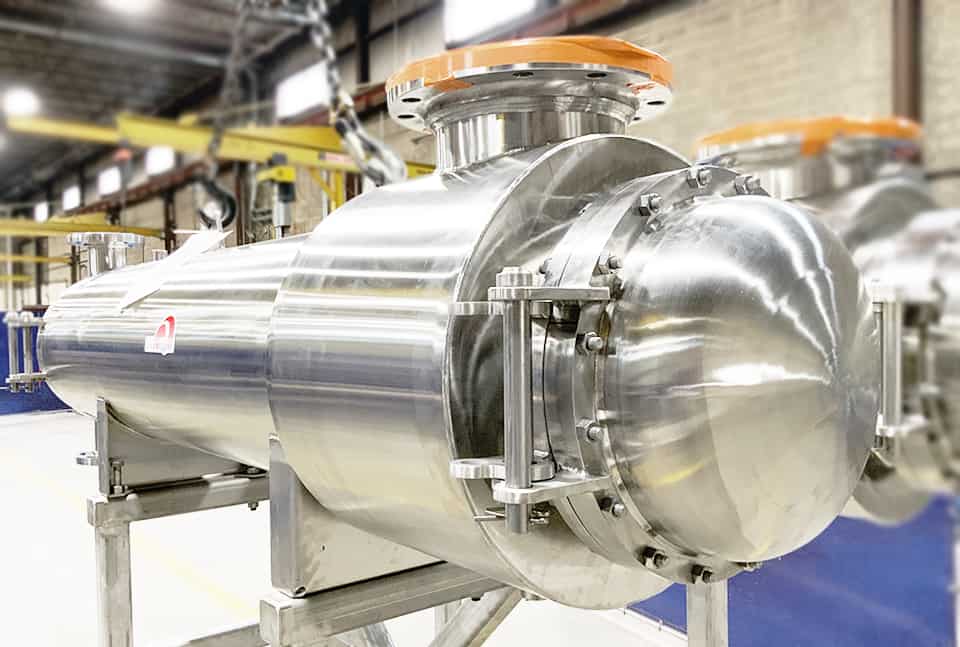Honey is a shockingly versatile ingredient. Used in dishes ranging from fried chicken to kale chips, honey can be a nice complement to nearly any meal.
More people are incorporating honey into their diets. According to Bee Culture, a magazine dedicated to all things beekeeping, the U.S. consumed 1.61 pounds of honey per person in 2016. Just six years prior, that number was 1.2 pounds per person.
American consumers want clean-looking honey
As more consumers search grocers’ shelves for this golden ingredient, it’s important that honey producers understand what qualities most consumers are looking for. According to the National Honey Board, most shoppers seek out liquid honey that has a bright, clear appearance. Generally speaking, consumers don’t want things like pollen or wax, and especially not bee parts, left suspended in their honey.
Additionally, they don’t want their honey to crystallize quickly. Though crystallization isn’t an indication of anything wrong with the honey (and all honey will crystallize eventually), the look of solid or discolored honey doesn’t appeal to many U.S. shoppers, NPR reported.
Filtration and pasteurization produce attractive honey
Though crystallization will eventually happen to all honey if given the time, the process can be slowed by taking out foreign particles and pollen, and by removing any tiny air bubbles in the product. These goals can be accomplished with two steps: filtration and pasteurization.
There are many ways to filter honey. According to NPR, Dutch Gold uses dichotomous earth and a series of large filters that remove:
- Dust.
- Pollen.
- Bee wings and other insect parts.
- The dichotomous earth.
This is one of the more common filtration methods, and is very effective in producing a clear, unadulterated product.
“Heating honey to 160 degrees Fahrenheit is enough to pasteurize the honey and ward off crystallization.”
After that, the honey can be pasteurized. Sanitary shell and tube heat exchangers are an excellent option for this. Honey is very temperature-sensitive and heating it up too much can scorch the product, affecting both taste and color. By using a shell and tube heat exchanger, which will heat up the honey by way of a heat transfer medium such as water, the honey won’t be exposed to as much risk of heat pockets or being heated higher than what the manufacturer wants. Manufacturers can dissipate the heat, thus decreasing risk of localized heat pockets, even more by adding steam bustles to their unit.
According to John Skinner, of the University of Tennessee’s department of entomology and plant pathology, heating honey too much will lower the quality of the product and cause the loss of many important components. Heating it rapidly and over direct heat are the most detrimental to honey’s many nutritional qualities.
However, some heat will rid the product of tiny air bubbles, lengthen the time for which the honey will remain liquid, and ultimately create a more beautiful product. Deb Terrill explained in The Daily Journal of Kankakee, Illinois, that heating honey to 160 degrees F is enough to pasteurize the honey and ward off crystallization for a while, but still keeps the healthy compounds intact.
To learn about what shell and tube heat exchangers can benefit your honey operation, reach out to the knowledgeable engineers at Enerquip.

